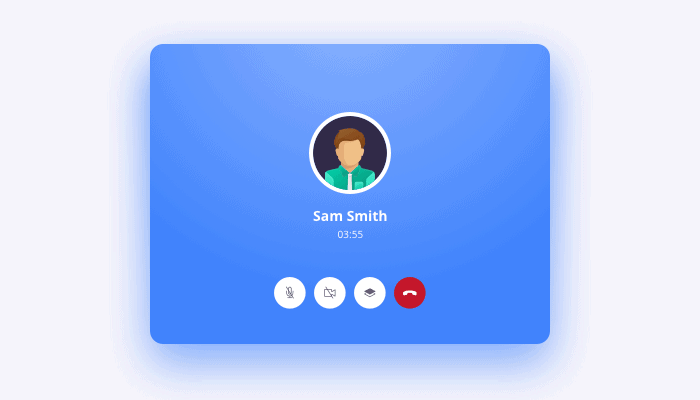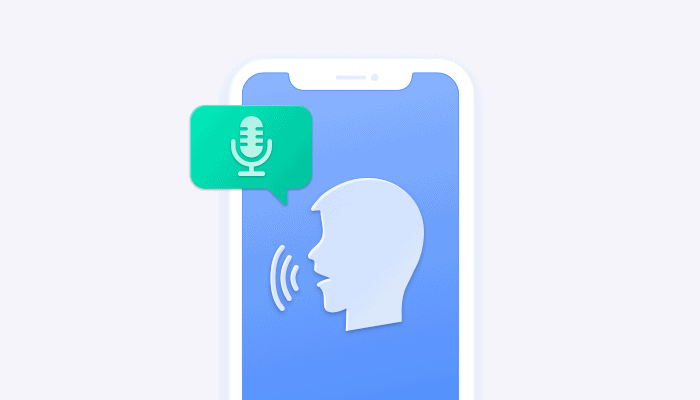
- Products
-
Communication Tools
-
SDKs and APIs
Reliable & robust software tools to add communication features to any app or website
-
Chat UI Kits
Build your own messenger app with pre-built UI components
-
SDKs and APIs
-
QuickBlox AI
-
AI SmartChat Assistant
In-app virtual assistants trained on your own data
-
AI Healthcare Assistant
HIPAA compliant AI assistants for telemedicine
-
AI Extensions
Stunning AI features that can be added to any chat app
-
AI SmartChat Assistant
-
White Label Solutions
-
Q-Consultation
white label video calling with virtual meeting rooms and in-app chat
-
Q-municate
Customizable messaging app for secure chat
-
Q-Consultation Lite
Open source teleconsultation web app
-
Q-Consultation
-
- Solutions
- Enterprise
- Developers
- Pricing


- Products
-
Communication Tools
-
SDKs and APIs
Reliable & robust software tools to add communication features to any app or website
-
Chat UI Kits
Build your own messenger app with pre-built UI components
-
SDKs and APIs
-
QuickBlox AI
-
AI SmartChat Assistant
In-app virtual assistants trained on your own data
-
AI Healthcare Assistant
HIPAA compliant AI assistants for telemedicine
-
AI Extensions
Stunning AI features that can be added to any chat app
-
AI SmartChat Assistant
-
White Label Solutions
-
Q-Consultation
white label video calling with virtual meeting rooms and in-app chat
-
Q-Municate
Customizable messaging app for secure chat
-
Q-Consultation Lite
Open source teleconsultation web app
-
Q-Consultation
-
- Solutions
- Enterprise
- Developers
- Pricing
- Contacts
- Log In
Voice & Video Calling
High‑quality peer‑to‑peer calling that immediately and intimately connects people wherever they are
QuickBlox voice API and video API provides engaging one‑to‑one and group voice and video calling for your enterprise organization. Secure, highly scalable, and cost efficient, P2P calling drives customer engagement.
Want to see a demo?
Get in touch













